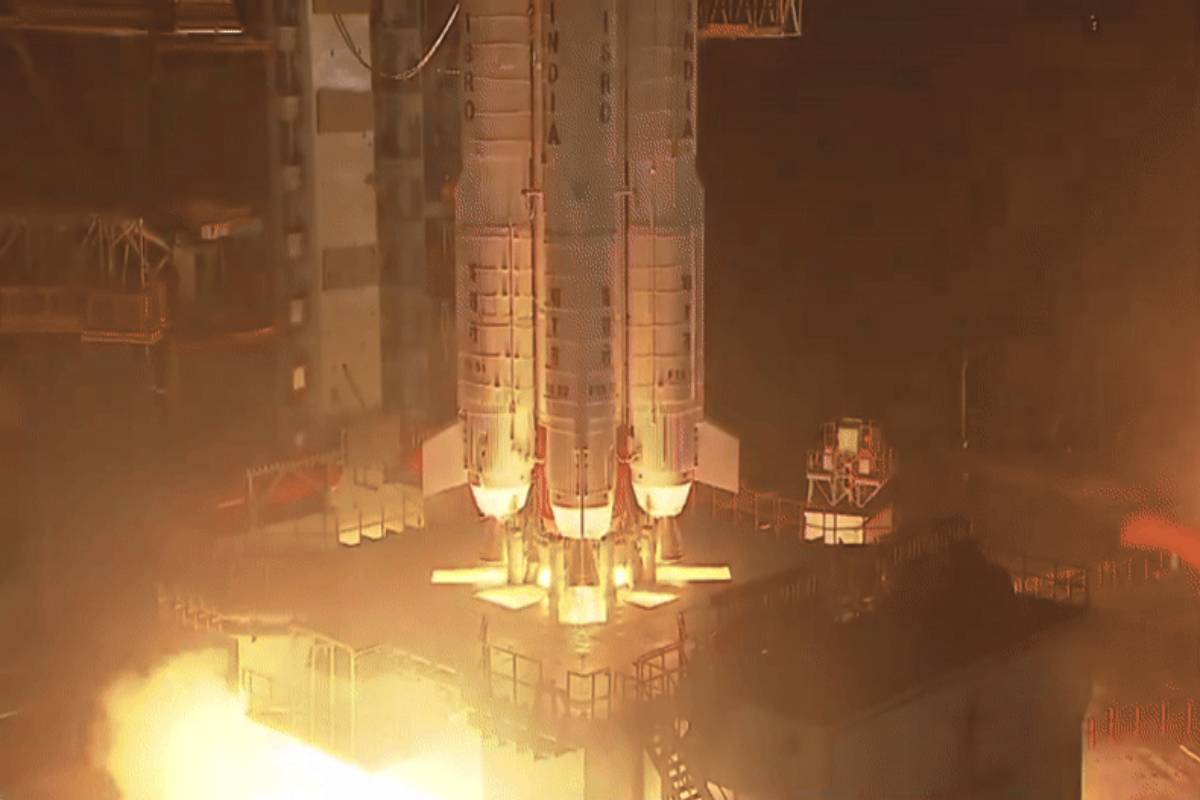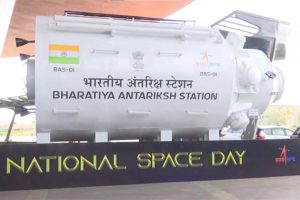The Indian Space Research Organisation (ISRO) achieved a major milestone with the successful launch of the GSLV-F15, carrying the NVS-02 satellite, at 6:23 AM on Wednesday from Sriharikota, Andhra Pradesh. This marks ISRO’s 100th launch from the country’s spaceport.
The GSLV-F15 is the 17th flight of India’s Geosynchronous Satellite Launch Vehicle (GSLV) and the 11th with an indigenous cryogenic stage. It is the eighth operational flight of the GSLV with the indigenous cryogenic stage. The rocket’s payload fairing, a metallic version with a diameter of 3.4 meters, ensured the safe transport of the NVS-02 satellite into space.
ISRO confirmed that the GSLV-F15, equipped with the indigenous cryogenic stage, successfully placed the NVS-02 satellite into a Geosynchronous Transfer Orbit. The satellite will enhance India’s regional navigation capabilities.
The launch also provided an exciting opportunity for students to witness the historic event up close. Many students from nearby areas gathered at the launchpad, expressing their enthusiasm for being part of such a significant moment.
Teerth, a student from Gujarat, told ANI, “I came from my college to witness the 100th launch. It’s really exciting. ISRO is not just launching satellites for other countries but also generating income through these efforts. It’s an impressive step by ISRO and the Indian government.”
Avinash, a student from Bihar, shared his excitement, saying, “This is my first time witnessing a launch. I’m really thrilled, and it’s great to finally get the chance after four years of trying. A huge thanks to the scientists and everyone who made this possible.”
Earlier, Nilesh Desai, Director of the Space Applications Centre (SAC)/ISRO, explained that the launch would contribute to upgrading India’s Regional Navigation Satellite System (IRNSS), expanding the constellation from four to five satellites. He said, “The NVS-02 satellite will be placed into orbit, and eventually, it will be positioned in geostationary orbit at 36,000 kilometers. This will increase the number of satellites in our navigation constellation, improving the accuracy of the positioning system.”
With this launch, India now has five out of the planned seven satellites in space for the Indian Regional Navigation Satellite System (IRNSS). Desai added, “This is the fifth in the series of operational NavIC satellites, which will replace older satellites with new ones, enhancing the overall system.”
NavIC (Navigation with Indian Constellation) is India’s independent regional navigation satellite system, designed to provide accurate positioning, velocity, and timing services for users in India and the surrounding region, extending about 1,500 km beyond Indian borders. NavIC offers two types of services: the Standard Positioning Service (SPS), which provides position accuracy of better than 20 meters, and the Restricted Service (RS), offering higher accuracy for authorized users.
This 100th launch underscores ISRO’s significant strides in space technology, strengthening India’s capabilities in navigation and satellite systems.





